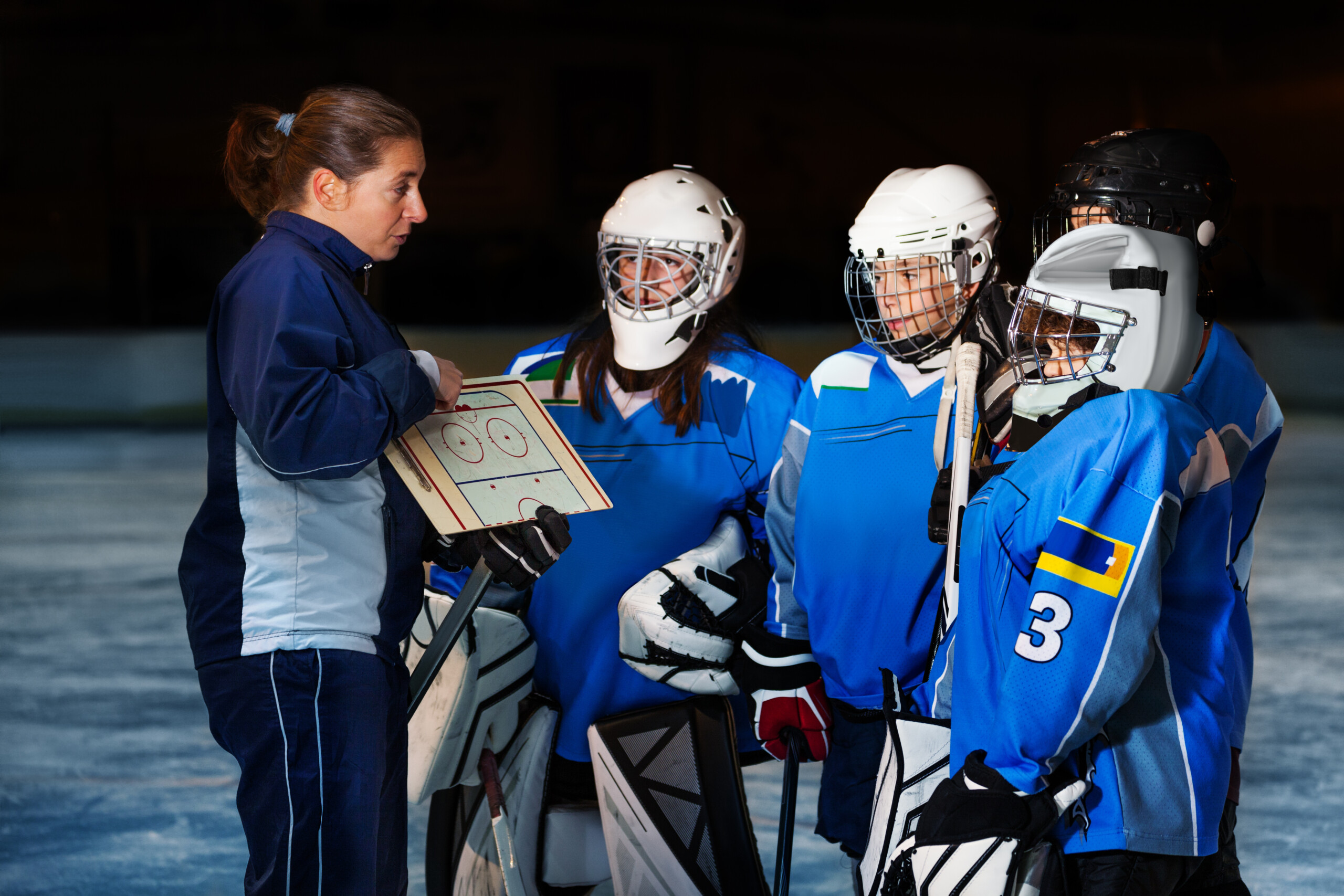Leadership & Governance
From board management to workplace wellness these resources help build capacity for sport organizations and their leaders. Explore key topics related to strategic planning, governance practices, and more in the resources below.
Leadership & Governance QUICK LINKS:

Governance
Good governance is a priority for sport organizations in Canada. Learn more about improving sport governance is critical to ensure that Canadian sport is safe, inclusive, fair, ethical, and sustainable. Our resources offer credible information and practical solutions to optimize your Board and enhance the overall governance of your organization.

Leadership
Organizations that are responsible for leading and delivering sport in Canada include the national, provincial and territorial, and community levels. Learn more about how to build capacity for sport leaders and your organizations using leading practices that set strategic direction and support the delivery of key objectives. Our resources provide sport organizations leaders with the tools they need to lead effectively and with confidence.

Featured resource
Sport Canada

Featured resource
Rose Mercier, The Governance Coach

